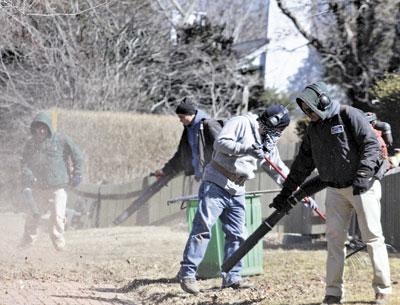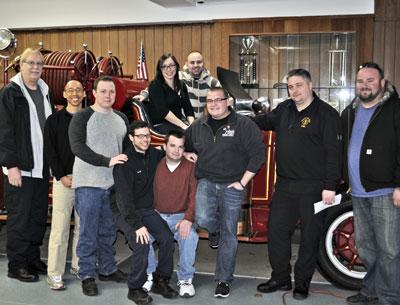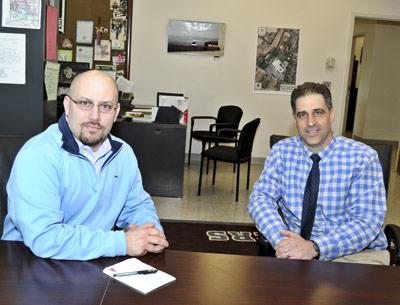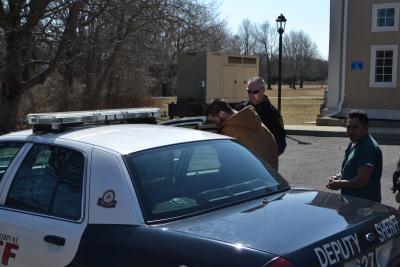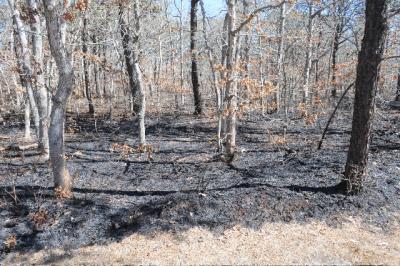Town Green Lights Solar Facility
Town Green Lights Solar Facility
One year after the East Hampton Town Board established a citizens committee to give it advice on how to meet energy efficiency and environmental sustainability goals, it took a major step toward implementing those goals at a meeting last Thursday, giving a proposal for a solar generating facility at East Hampton Airport the green light.
The installation, to be constructed by the Sustainable Power Group, which owns and operates such systems elsewhere, would be a component of the Long Island Power Authority’s initiative to generate 280 megawatts of new renewable energy on the island. Known as S-Power, the firm must now submit its proposal to LIPA for approval before a Monday deadline. If approved, S-Power would create what it said would be the largest solar facility in the Northeast at no cost to the town, pay the town to lease the land, and sell the electricity produced to LIPA.
Previously, the board had selected Northville Industries, Harbert Phoenix Long Island Energy, and Hecate Energy to install other energy generating facilities, which would operate during periods of peak demand. These plants, said Frank Dalene of the energy sustainability committee, are to use natural gas, propane, diesel, or biodiesel fuel and be located at the capped landfills in East Hampton and Montauk and on vacant land at the airport. They also require LIPA approval. One of the companies, Mr. Dalene said, has proposed energy storage in liquid flow batteries, which convert chemical energy into electricity and are considered a green technology. “You can store enough electricity, theoretically, to meet peak power,” Mr. Dalene said of the batteries.
All of the installations are subject to environmental review under the state’s Environmental Quality Review Act and other regulations. However, “whatever is finally decided may not be what is being proposed now,” Mr. Dalene said.
If the solar facility at the airport becomes operational, it would “put East Hampton on the map as the first town on Long Island that is well on its way to making 100-percent renewable electricity supply a reality in the near future,” said Gordian Raacke, a member of the sustainability committee. Mr. Raacke is the founder and executive director of Renewable Energy Long Island, a nonprofit organization.
The proposed solar installation would, according to Mr. Dalene, generate 38 megawatts of electricity. By comparison, the Long Island Solar Farm at Brookhaven National Laboratory, to date the island’s largest, operates at a peak capacity of 32 megawatts. “The Town of East Hampton could potentially have double the amount,” Mr. Raacke said. “When that’s constructed and operational, it’s a huge step forward.”
The move toward fulfilling the town’s energy needs from renewable sources, Mr. Raacke said, is true to a policy statement the committee drafted and the town adopted last year. The document “lays out the vision of East Hampton transitioning from fossil fuels to clean energy sources,” he said. “We’re not just saying we want to do this. Now, we’re offering leases of town properties to developers that are going to put up solar arrays on a large scale. It all depends on LIPA selecting those developers, but this is the first step to make that happen.”
Should LIPA approve the contractors selected by the town, the town board would start working on the engineering necessary, Town Councilwoman Sylvia Overby said. “It’s not going to happen super-quickly, but there’s light at the end of the tunnel,” she said.
Kim Shaw, the town director of natural resources and a nonvoting member of the Energy Sustainability Committee, commended her colleagues. “They’ve done a great job in moving some of these initiatives forward,” she said.” Ms. Overby agreed. “The whole committee has worked really hard,” she said.
For Mr. Raacke, who has long supported the transition from fossil fuels to renewable sources, these initial steps are particularly gratifying. He has distributed a multimedia program based on former Vice President Al Gore’s campaign to educate people about the threat of climate change. “You can’t live in East Hampton and ignore the fact that sea level is rising and projected to rise significantly over the next few decades,” he said.

